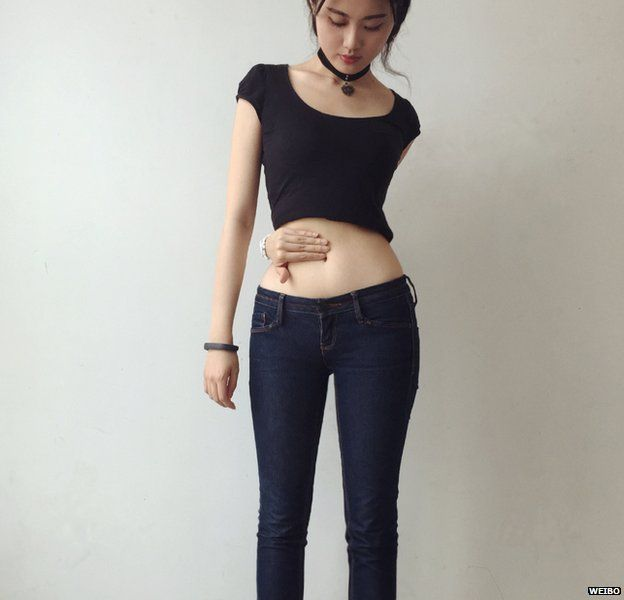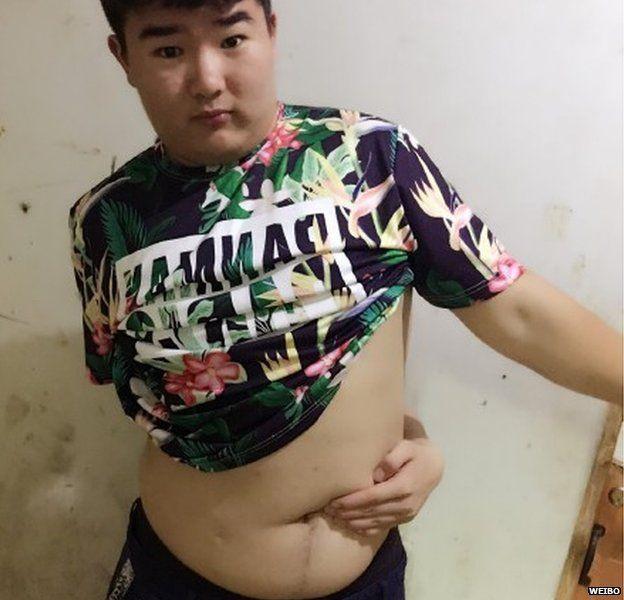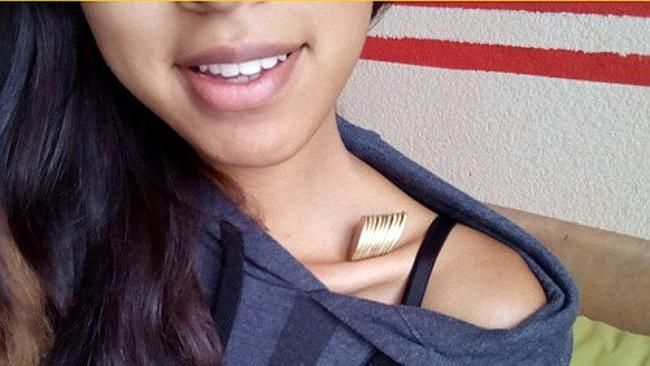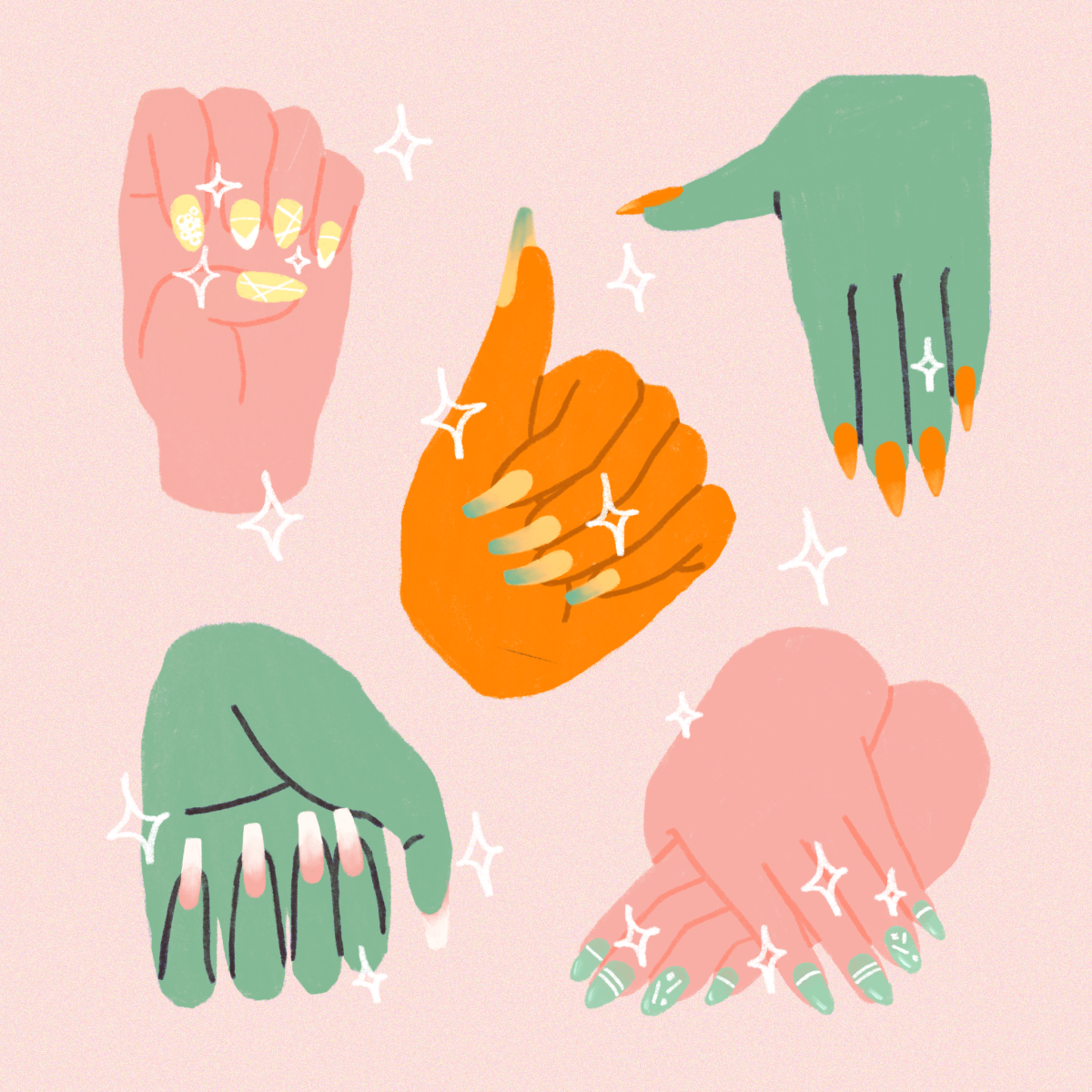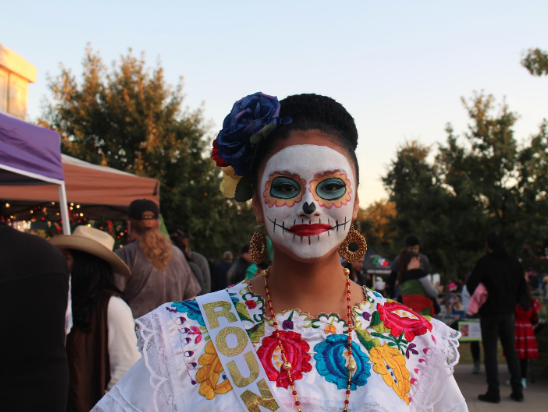Mainstream publications and social media influence what is collectively considered beautiful. Fad diets, weekly detox teas and workout challenges are just a few examples of how some attempt to achieve a certain figure or image. Body challenges have been introduced through Weibo, China’s equivalent to Twitter, and found popularity on sites in other countries as well.
Story by Brooke Lynn Decker
Whether for harmless fun or social merit, there is an audience that actively participates in body challenges. Some challenges are meant to test physical ability while others evaluate flexibility. Body challenges are an online competition to see who possesses select features and can achieve different poses in a quest to validate their attractiveness to a global audience. As various cultures share their own challenges through social media, worldwide participants test their physical capabilities.
Under-boob Challenge
The Underboob Challenge, which originated on Chinese social media, is an assessment of placing various objects of different sizes under one’s breast. In this practice, breasts are considered to have a desirable shape and size if they can carry an object without support. Many have recognized that this challenge perpetuates the stigma that a woman’s beauty depends on her cleavage. Nevertheless, women are not the only participants of the challenge. With a few strips of Scotch tape, anyone can show that they have what it takes to pass this challenge.
Thigh Gap Challenge
This conceptualized beauty standard is especially prevalent amongst younger audiences who measure the distance between their thighs. It is suggested that the wider the gap, the more superior one’s image is in comparison to someone without a thigh gap. The desire to possess a thigh gap spreads primarily through the lens of social media outlets that displayed the body standard of runway models. In fact, Daily Mail reports that this specific body craze has prompted plastic surgeons to see “a rise in demand for thigh-specific cosmetic procedures.” The appeal of the thigh gap may have influenced another trend that circulated on Weibo, a challenge that prompted social media users to post pictures of themselves measuring the width of their knees with an iPhone 6. If the width surpasses the height of the Apple product, one is considered to have lost.
Belly Button Challenge
Photo courtesy of Weibo user Sough Sa.
An assessment of one’s capability of wrapping their arm behind their back and touching their belly button. If one is able to touch their fingertips to their bellybutton, it is believed that they possess great flexibility. While BBC reports that experts argue that China’s new belly button trend borders on promoting eating disorders and “distorting” society’s standards of beauty, Weibo user Sough Sa introduced a lighthearted spin. He captioned the photo asking “is this trend really that difficult? I don’t think so.” His post received praise by other users of the Weibo community and words of encouragement. “Now you did it! So don’t lose weight and please stay the same,” says Weibo user Tang Zhao, a.k.a. @MedicalCream.
Collarbone Quarter Challenge
This is an act of stacking quarters between the clavicle and shoulder and is more focused on aesthetics rather than fitness level. According to People’s Daily Online, the rules suggest that the coins must stand up. The images first appeared on Weibo, and asserted its short-lived reign on social media. Since some suggest that defined collarbones are alluring to the eye, this practice attempts to emphasize the physical appeal.
Bikini Bridge Challenge
The term “bikini bridge” is used to describe hip bones that extend outwards from the tummy. It is conceived by some that greatly defined hip bones and flat tummies suggest a higher level of fitness. According to the Washington Post, this trending challenge was introduced by 4chan, an English-language imageboard site “where anyone can post comments and share images.” Beauty culture is immensely influenced by the prevalence of this standard and has created a detrimental impact on body image for some, for it is unattainable for many body types.
Reverse Prayer Challenge
According to The Art of Living, the Reverse Prayer (Paschim Namaskarasana) is an upper body strengthening pose that works specifically on the arms and the abdomen. However, Daily Mail reports that it has been introduced on Weibo in the past as a body challenge. Achieving this position proves adequate flexibility of the back and arms, which is perceived to be a desirable trait.
Social implications placed by these various challenges have sparked an uproar in the social media community. However, the most impressive challenges thus far have proved to lie in the practice of the dimple, double chin, and upper lip challenges. The ability to carry various objects with numerous body parts appears to be a natural talent without limits.
Photo courtesy of Netsanity via Pinterest.
While these challenges may be conducted for pure entertainment, it is essential to note that body challenges should not be taken as a true evaluation of one’s attractiveness because they distort one’s image of beauty. Posting pictures of one’s features on social media to display self confidence and positive body image is healthy and encouraged. However, it may be damaging when the purpose is to compete with one another to impress a specific audience.
Be wary of the practices body challenges introduce, and recognize that beauty cannot be measured. Express beauty by your own standards and don’t take these challenges too seriously.































